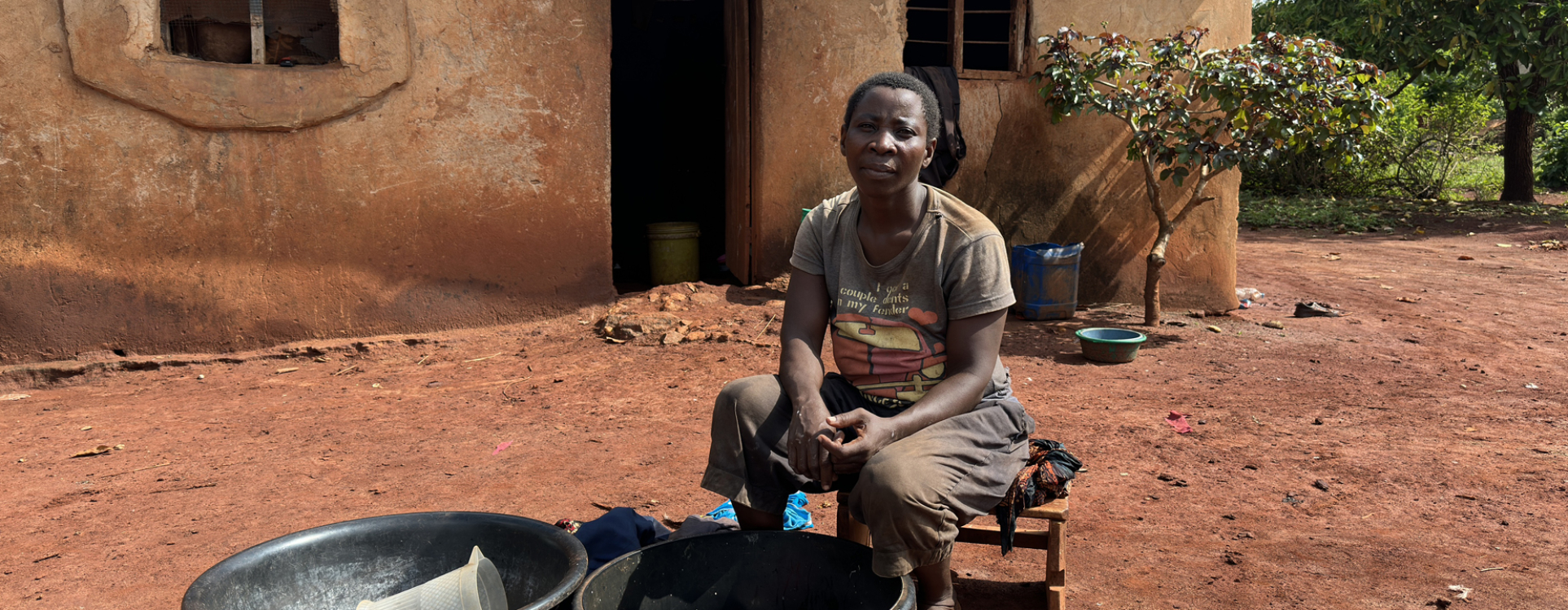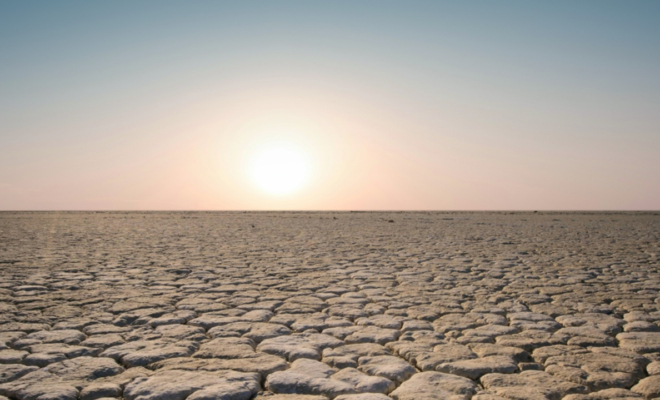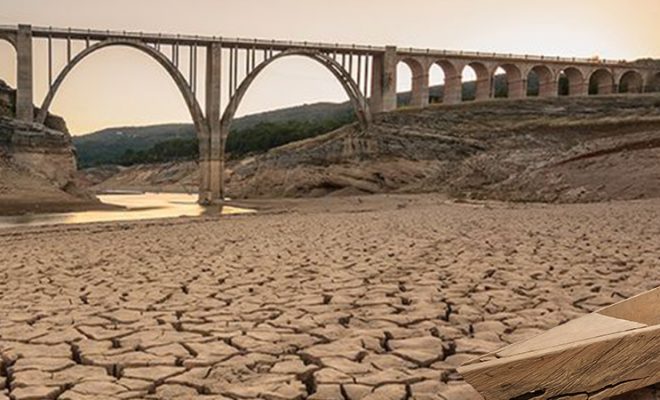“Floods kill people, but droughts destroy civilizations.” During one of the debates at the Drought Resilience +10 Conference,, which we attended in Geneva last October, Dr. Jesse E. Bell highlighted little-known aspects of the devastating consequences of droughts that go beyond hunger. Research conducted by his team at the University of Nebraska medically confirms what we have observed in our aid projects in agricultural areas suffering from lack of water access: prolonged droughts exacerbate hunger and malnutrition, lead to other illnesses, and create a profoundly negative psychosocial impact. Facing a problem with few or no resources generates high levels of social anxiety, which contributes to conflicts, ruins families, and drives migration.
Bell stated that the situation is complex and requires a broader perspective: “Droughts are the most damaging phenomena as they are usually accompanied by other factors that create highly vulnerable and unhealthy conditions.”
The recent report by the United Nations Development Programme (UNDP) confirms and synthesizes the significant threat that climate change poses to human health. The consequences are universal, although their severity varies depending on the wealth and socioeconomic resources of the communities.
Here are the four most significant factors:
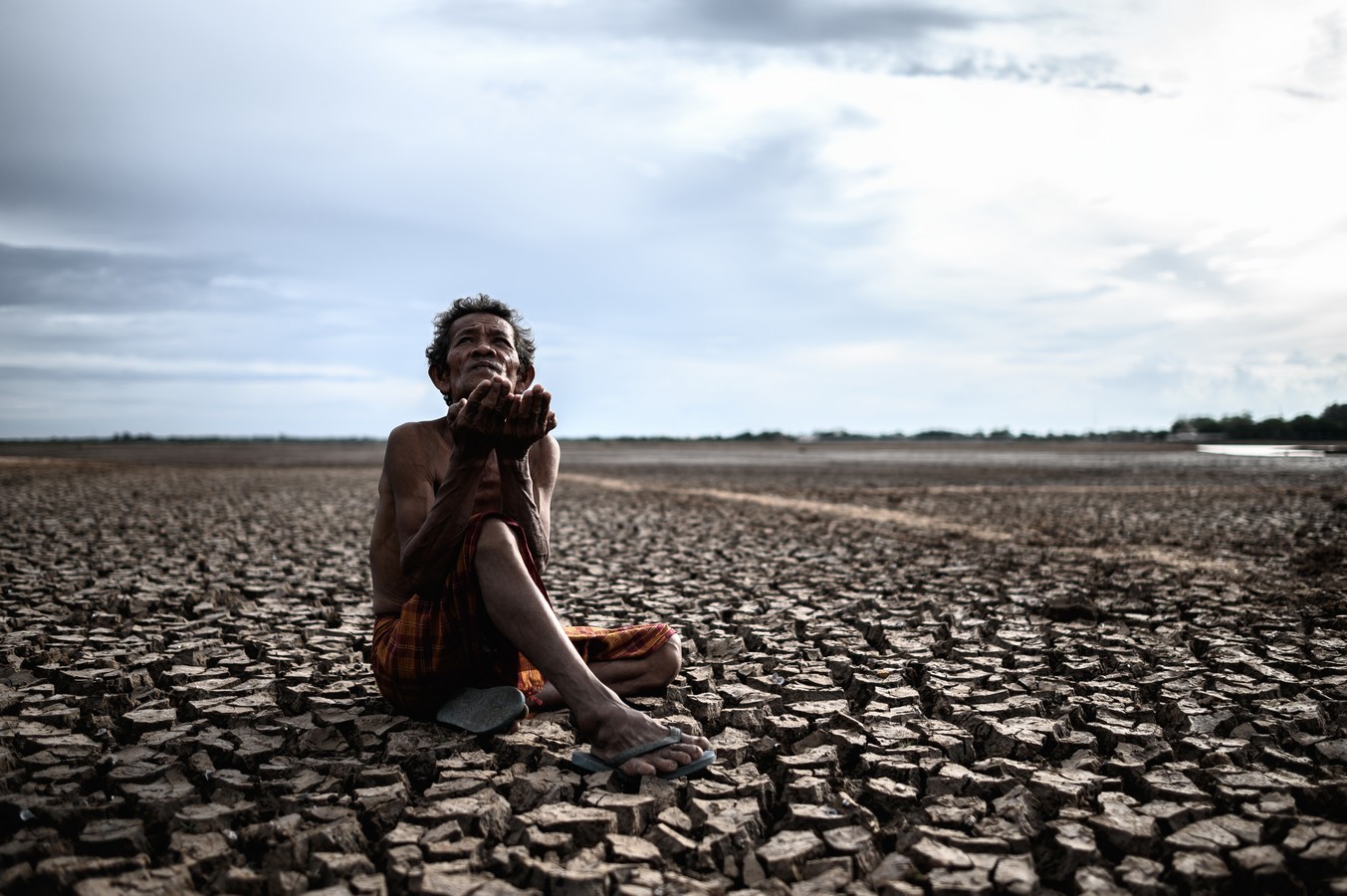
Droughts cause malnutrition and famine-related mortality, but they also trigger a series of negative effects on public health. © Freepick
1 – Droughts and Extreme Heat: The Deadliest Combination
Droughts are often accompanied by more intense heatwaves in the tropical and subtropical belt of the Earth. According to an ISGlobal study, in 2023, around 47,000 deaths in Europe were attributed to extreme heat. Although health systems in low-resource countries do not always provide reliable data, it is estimated that heatwave-related mortality has significantly increased in regions like the Sahel, the Horn of Africa, and South Asia, particularly in India.
The recurrence of extreme heat during droughts has introduced the public to “wet-bulb temperature.” This measure represents the lowest temperature a surface can reach through water evaporation under specific environmental conditions. It is a crucial indicator that combines the effects of temperature and relative humidity, essential for assessing thermal stress in humans and animals.
The IPCC warns that if global warming exceeds 1.5ºC, about 2 billion people will be exposed to intense heat by 2100, particularly vulnerable to wet-bulb temperatures.
2 – Dust: An Additional Pollutant
The WHO estimates that air pollution is responsible for approximately seven million deaths annually.
Dust, which increases in the air during droughts, adds an often overlooked factor. This issue is more acute in rural than urban areas, with most reliable data coming from countries with advanced health systems. These systems have extensively studied how fine particulate matter (PM2.5) — particles with a diameter of 2.5 micrometres or less, 30 times smaller than the average human hair — penetrate the lungs. These particles irritate bronchial tubes and alveoli, exacerbating chronic respiratory diseases and increasing the risk of respiratory infections like bronchitis, pneumonia, and lung cancer.
Dry soil erosion increases PM2.5 emissions, which are also present in dust storms, which are becoming more frequent in arid regions and areas where they were previously rare, like California and Southern Europe. This contributes to a significant rise in occupational and traffic accidents.
3 – Mental Health: An Overlooked Impact
By increasing traumatic events caused by floods, hurricanes, wildfires, and extreme droughts, climate change imposes a considerable psychological toll. “Climate anxiety” and “ecological stress” are disorders affecting many, particularly young people confronting a highly uncertain and unstable future.
The family ruin caused by droughts has traditionally had devastating consequences in India, where, according to the Vicente Ferrer Foundation, climate disasters over the past three decades have led to the suicide of around 300,000 farmers overwhelmed by debt and hunger. Many cannot migrate to large cities, becoming internally displaced people crammed into degraded slums.
Dr. Bell pointed out the psychological vulnerability of farmers: “During drought periods, farmers experience depression and anxiety disorders at four times the rate of the general population.”
4 – Infectious Diseases: The Spread of Vectors
Until now, the increased spread of pathogenic vectors, such as mosquitoes transmitting dengue and malaria, to regions where they were previously absent has been linked to rising temperatures and floods. Recent studies indicate that deforestation caused by extreme droughts or associated wildfires also increases the risk of pandemics from zoonotic diseases like COVID-19, as ecosystem disruption facilitates contact between humans and wildlife.
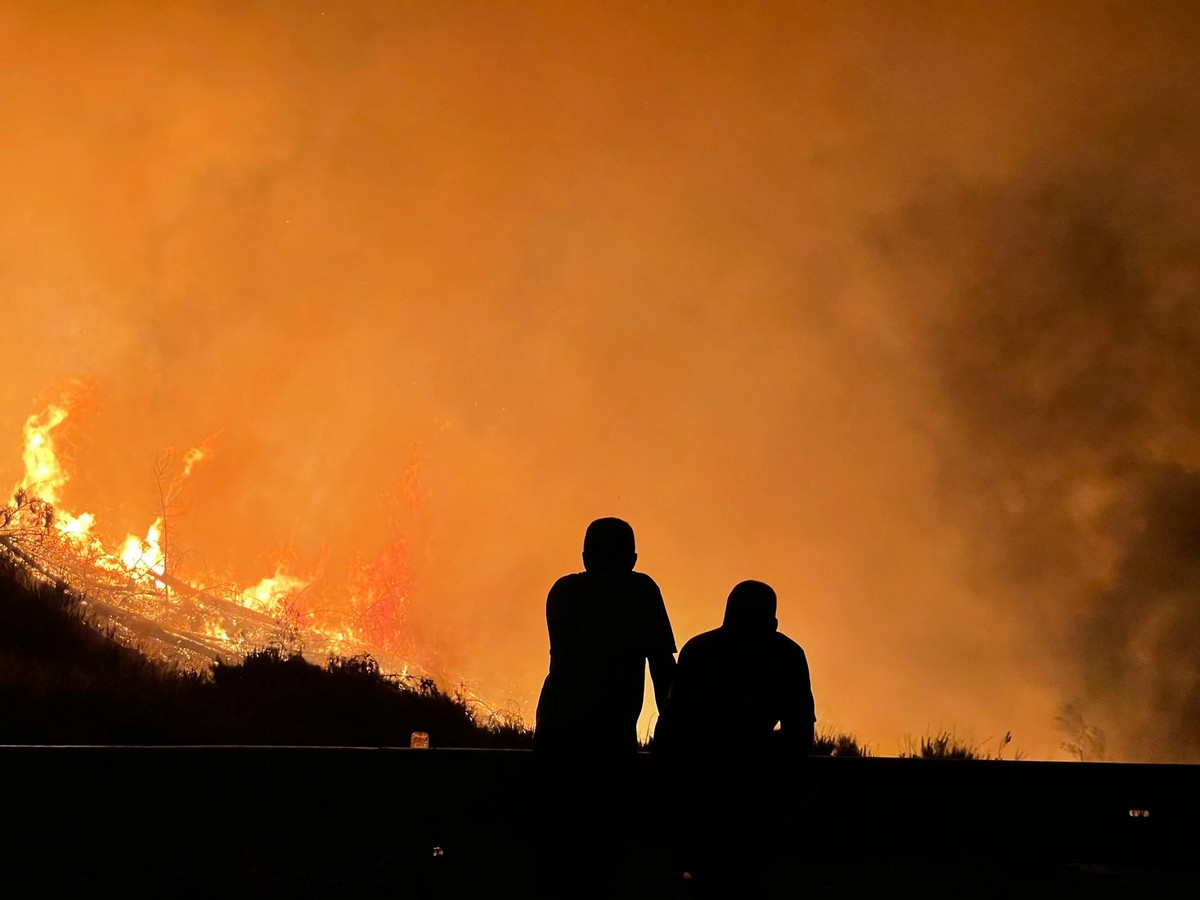
Recent studies indicate that deforestation caused by extreme droughts or associated wildfires also increases the risk of pandemics from zoonotic diseases. © Recep Tayyip Çelik
5 – The Key: Integrating Climate and Health Policies
An increasing number of institutions and governments, including the IPCC, are calling for a global health system that integrates climate information into disease surveillance systems sensitive to climate variability, improves disease prevention programs, and invests in climate training for healthcare personnel.
At COP 28 in 2023 in Sharm el-Sheikh, 148 countries endorsed the Declaration on Climate and Health, committing to integrating health factors into their climate policies and vice versa. However, at COP 29, it became evident that only 32% of the nationally determined contributions (NDCs), set to be implemented by 2025, specifically mention the health sector in relation to climate or adaptation measures.
This situation urgently needs to be reversed, and there must also be an international effort to ensure that climate and meteorological warning programs reach everyone. For instance, at COP 26 in Glasgow, NOAA explained its National Integrated Drought Information System (NIDIS). Extending such programs to regions and countries with limited meteorological resources is crucial for improving drought resilience, enabling data-driven decision-making, and implementing early warning systems.
The UNDP predicts that 44 million of the 132 million people climate change will push into extreme poverty by 2030 will be due to health impacts. This is a silent crisis that must be made visible to advance climate adaptation.


